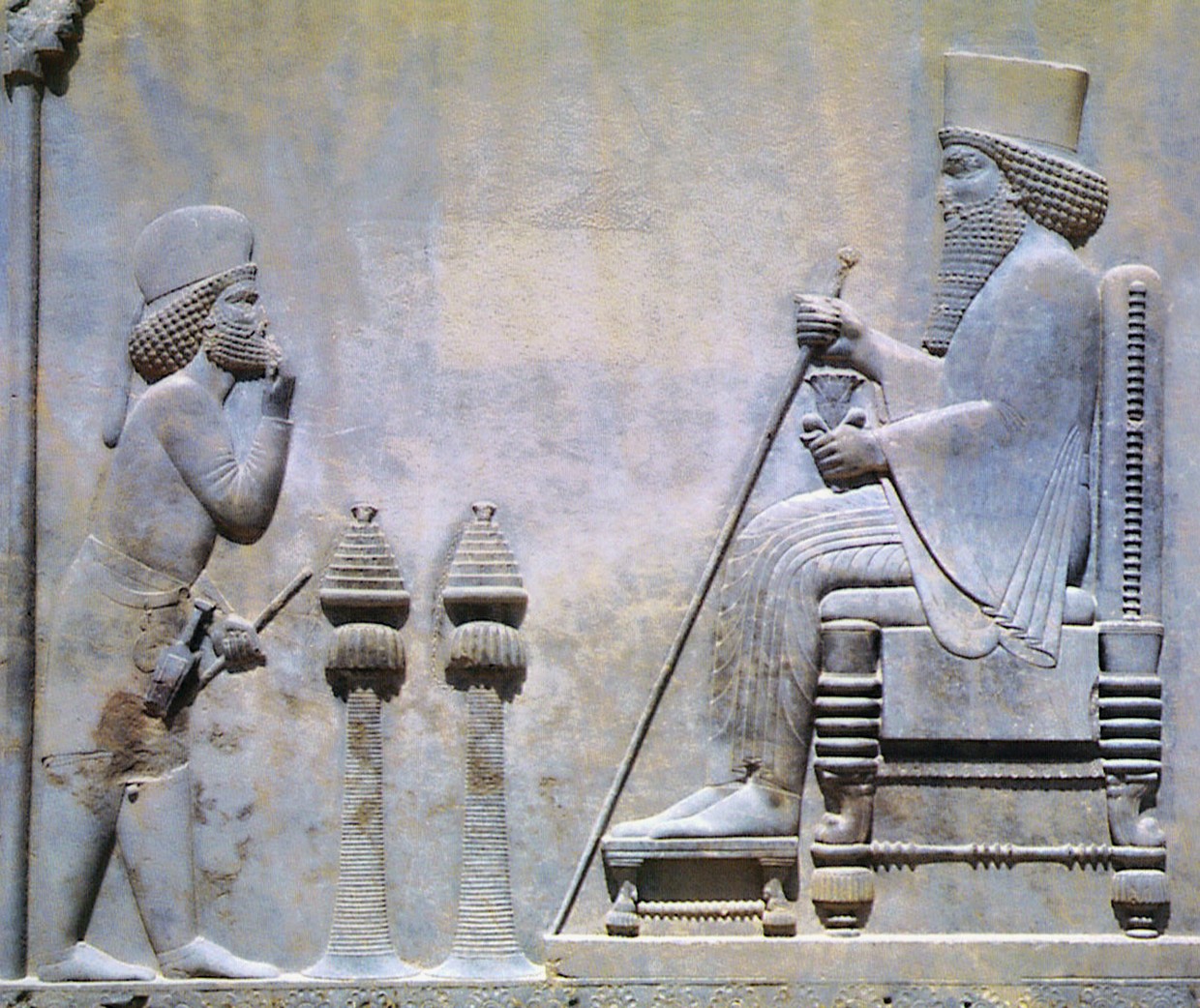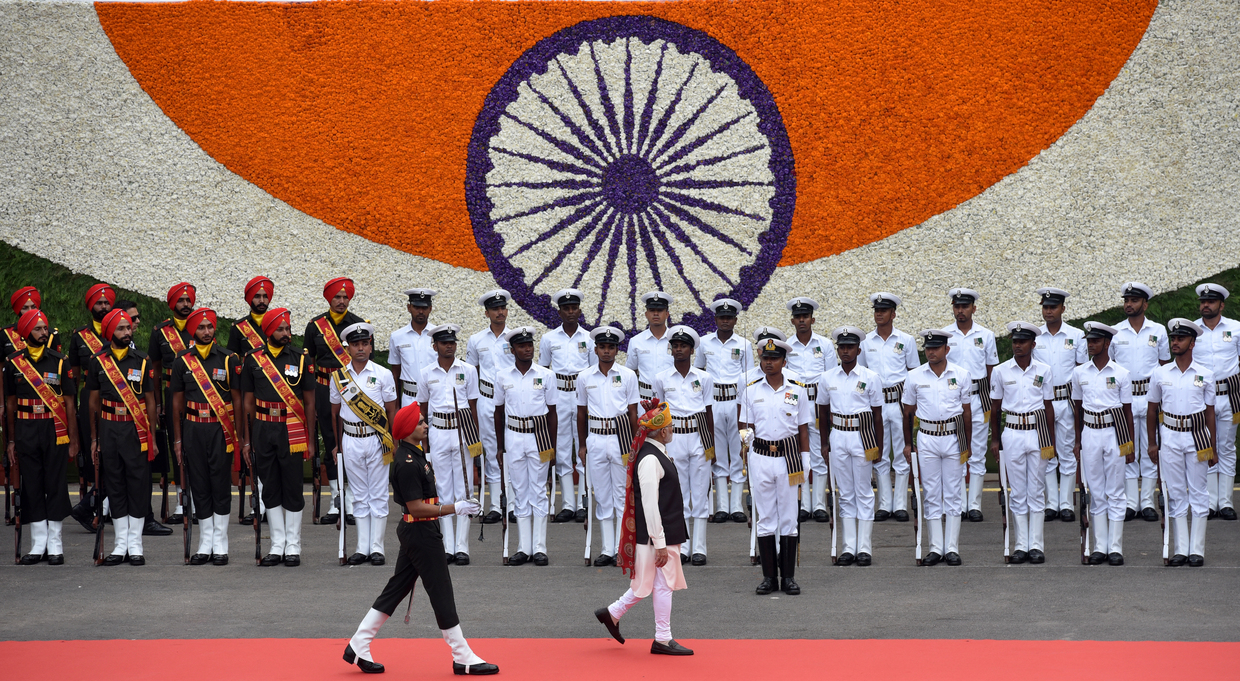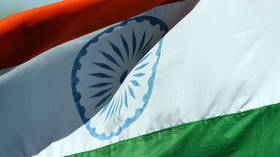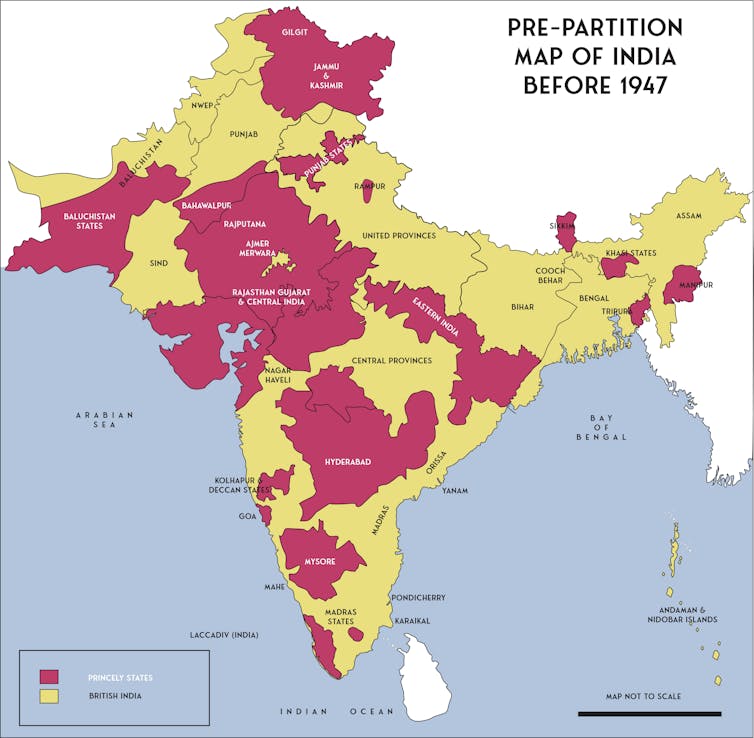Decolonization of a name: What does ‘Bharat’ mean and will ‘India’ disappear from the world’s maps?

- These were among the few subdued remarks made after government communiqués sparked rumours on Tuesday that India may be renamed Bharat, leading to fiery debates for and against such a rechristening.
However, social media is abuzz with how “India” is the result of a colonial hangover (Pakistan founder Mohammad Ali Jinnah is also believed to have objected to it, preferring the name “Hindustan” instead), and how the “Hindu” nation deserves an identity closer to its roots. So RT is unearthing the true origins of “India” and its etymological and linguistic history.
India and Bharat
The Sindhu River: The root of Hindu and India
- One of the earliest references, says Sinha, is by Persian emperor Darius, who conquered parts of the subcontinent’s northwest in 518 BC.
- From the sculptures of his soldiers, we get the term “Hidus” and “Hindus,” which were derived from the Sanskrit Sindhu. This, in Persian, becomes “Hindu,” and “Indus” in Greek.

- Greek historian Herodotus adopted the Persianised “Hinduka” in his literature.
- It was in 326 BC that the Greeks came into direct contact when Alexander invaded the Persian Empire and moved east.
- The region was hellenised as “Indos,” “Indoy” or “India” from the Persian “Hindus,” referring to territories beyond the Indus Valley.
- so, like Russia and Serbia, India came about.
- Persians preferred “-stan,” like Afghanistan and Uzbekistan.
- “Hindustan” and “India” are thus “more or less the same words,” Sinha adds.
- (Emperor Babur called the forces of Ibrahim Lodhi “Hindustanis” in Babarnama).
- “Hind” and “Hindu” travelled to Greece and became “Indus,” “Inde” and, finally, “India.”
- These gradually made their way to Latin and other European languages, including English.
- Arabic and related languages such as Urdu, however, retained the “H,” due to which the Turks and Mughals continued to know “India” as “Hindustan.”
The complicated history of Bharat
- The Bharats were the most prominent among these tribes. “Bharata” was thus used in reference to the dominion of the descendants of Bhārata, believed to be the first universal ruler and the most distinguished of the early Vedic clans.
- These clans became royal dynasties and their names turned into names of kings. “Thus were born the mythical kings, Bharata, Kuru and Puru...
- And this is why the epic that describes the events of the Kuru-Panchala kingdoms is known as the Mahabharata,” adds Sinha, whose ‘From Dasarajna to Kurukshetra’ is a scholarly exposition on the making of an ancient Indian historical tradition.
The India and Bharat dualism
In the India versus Bharat debate, conservatives believe the latter proudly connects to our indigenous ancestry, which the former avoids.
- Also, its popularity was secured further during the freedom struggle in slogans such as “Bharat Mata ki Jai” (“Victory for Mother India”). India, on the other hand, is perceived as a term of foreign origin.

Not unlike how city-dwellers feel that “Mumbai is a city, Bombay is a sentiment” a similar such differentiation exists between India and Bharat. The “Azadi ka Amrit Mahotsav” held in Delhi in December 2022, for instance, had as its theme “Where Bharat Meets India,” underlining that the two are perceived as separate entities.
He further elaborates: “When we try to affix only one name, one that sounds similar to its reference in only a few native languages, it brings with it the imposition of one cultural identity, eradicating all others.
Calls for a change of name arise every now and then because there’s a clash between these two ideas—whether we continue our multicultural, pluralistic identity, or whether we want to make it only a monocultural, monolithic community.”









No comments:
Post a Comment